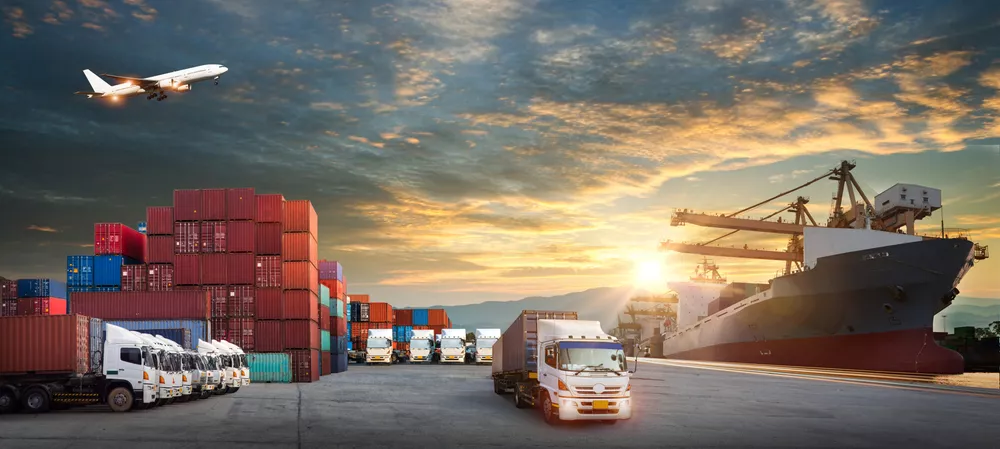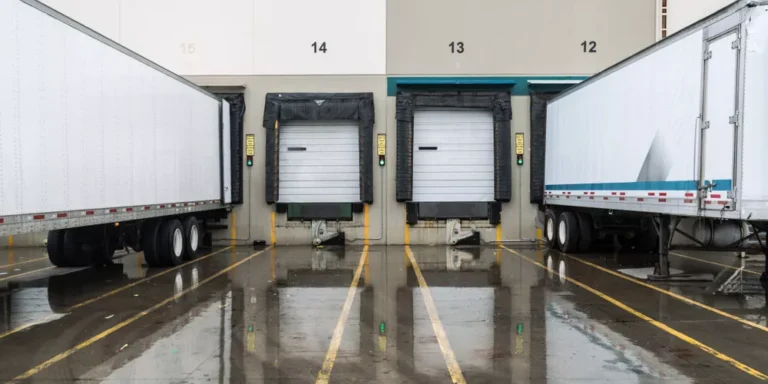5 Factors That Affect Freight Rates
Freight rates are constantly changing but one thing remains the same: the impact on your bottom line. Budgeting for freight transportation services is essential for any supply chain and logistics company. With rates fluctuating by up to 50%, planning becomes a time-consuming task.
In this article, we’ll look at what defines freight rate, five factors that have a major impact on your freight rates, and how that impacts your business.
DEFINING FREIGHT RATES
According to Wikipedia, freight rate is a price at which certain cargo is delivered from one point to another. The price depends on the form of the cargo, the mode of transport (truck, ship, train, aircraft), the weight of the cargo, and the distance to the delivery destination. Many shipping services, especially air carriers, use dimensional weight for calculating the price, which takes into account both weight and volume of the cargo.
Freight rates are constantly changing but one thing remains the same: the impact on your bottom line. Budgeting for freight is essential for any supply chain and logistics company. With rates fluctuating by up to 50%, the planning becomes a time-consuming task. Let’s take a deeper look into the 5 major factors that affect freight rates.
5 FACTORS THAT AFFECT FREIGHT RATES
1. FLEXIBILITY AND SPEED
Since the arrival of the pandemic, delivery turnaround times have shortened to unprecedented levels. Same-day and overnight deliveries are now an expectation, so flexibility around deliveries is tough, but it can have a significant impact on your freight rates. When planning for deliveries, it’s imperative to optimize routes, reduce idle time for drivers and try to increase deliveries to specific locations (instead of multiple stops per week).
Working with an experienced third-party logistics (3PL) can help with creating opportunities for flexibility and speed. Identifying areas that could be more efficient and increasing speed through route optimization are just a few factors that logistics providers can help improve, increasing your delivery speed and saving you money.
2. WEIGHT AND DENSITY OF THE SHIPMENTS
Weight and density impact freight class, which in turn, impacts freight costs. The bigger the package, the more density, the more room needed for transport. Whether shipping by land, air or sea, the more room and manpower needed to transport your goods, the more you’re going to pay for it. To mitigate costs, ensure the use of high-quality, low-weight packaging and work with shippers of choice. Shippers who provide excellent customer service and efficiency for their transportation partners often see better rates from carriers and recurring business opportunities. While we are on the topic of packaging, check out our custom packaging services!
3. DISTANCE
For a general rule of thumb, the longer the distance between the original pick-up point, typically a fulfillment center, and the final destination, the higher the shipping cost. But freight rates also depend on geographic location, transportation move, capacity, and complexity of the delivery. Experienced 3PLs can help strategize the best way to minimize cost due to distance. Adding fulfillment centers to areas where you deliver most frequently, cutting down on the number of deliveries to outlying areas, and holding deliveries until trucks are at full capacity are all ways to help cut freight costs and maintain your overall transportation budget.

4. SEASONS
Seasonal trends have a huge impact on freight costs. With higher demands, come higher costs. When transportation becomes a high priority, rates naturally increase. To avoid blowing your freight budget, it’s imperative that supply chain companies forecast as accurately as possible from previous years. Establishing a relationship with your freight provider for brokerage services or using a trusted 3PL to manage transportation rates will help maintain your budget while fluctuations in the market occur.
5. DISRUPTIONS
This past year has made disruptions a new way of working. Weather strikes. Shortages occur. Pandemics hit. Any of these disruptions impact all supply chains and, subsequently, transportation needs and freight costs. These inefficiencies result in rerouting deliveries, adjusting shipping needs, and further fallout for fulfillment centers working diligently to fulfill orders. These disconnects create obstacles for budgeting and increase freight rates in the final hour.
THE WSI DIFFERENCE
Every industry that manufactures or sells physical goods depends on transportation to get those products to market. This means they need to have a dependable, capable 3PL transportation services partner to help them keep up with the extreme demands they face and keep freight rates at a minimum.
Fortunately, WSI has an international logistics network to help you succeed. With small parcel delivery solutions, customizable 3PL delivery services and the largest rail-served warehouse network in the country, we are uniquely suited to handle your company’s Interglobal forwarding needs.
If youd like to learn more about the latest trends and developments in the supply chain industry, Supply Chain Dive offers a wealth of information in addition to exploring our other blogs.
About the Author

WSI Team
WSI is one of the largest privately held 3rd party logistics companies in the U.S. and spans a nationwide distribution network with global logistics reach.







